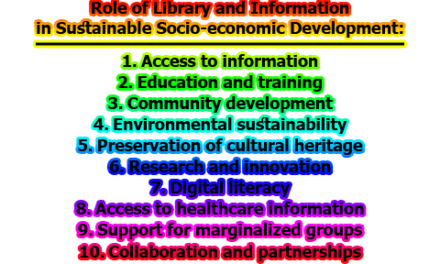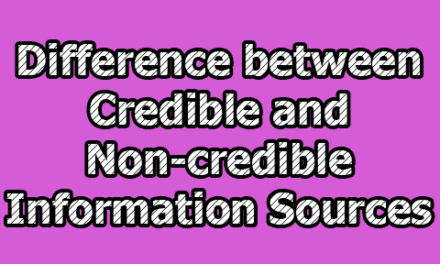How to Create a Successful Library Outreach Campaign:
Library outreach campaigns are essential for attracting new patrons, promoting services, and engaging with the community. A well-structured outreach campaign can make a significant impact on your library’s goals, whether it’s increasing membership, attendance, circulation, building partnerships, soliciting donations, or other objectives. In this article, we will explore how to create a successful library outreach campaign.
Step 1: Define Your Goals: The foundation of any successful library outreach campaign is a clear set of goals. Your goals should be SMART: specific, measurable, achievable, relevant, and time-bound. Consider what you want to achieve, whether it’s boosting summer reading program attendance, increasing library memberships, or promoting a specific collection. For example, a SMART goal could be: “To increase the number of children aged 6-12 who attend the summer reading program by 20% compared to last year by August 31.”
Step 2: Identify Your Audience: To effectively reach your target audience, you must first understand who they are. Research your audience’s needs, interests, preferences, and challenges. Segment them based on demographics, behavior, or attitudes. This step will help you tailor your campaign to resonate with your ideal patrons. Creating personas or profiles, such as “Maria, a 35-year-old single mother who works part-time and wants to improve her English skills and find a better job,” can provide valuable insights.
Step 3: Develop Your Message: Crafting a compelling message is crucial to capture your audience’s attention and persuade them to take action. Your message should be aligned with your goals, audience, and your library’s brand and mission. Focus on addressing your audience’s pain points and motivations. For instance, a message could be: “Join the summer reading program and discover a world of fun and adventure. You’ll improve your reading skills, win prizes, and make new friends.”
Step 4: Choose Your Channels: Selecting the right communication channels is vital for delivering your message effectively. Determine the best mix of online and offline channels, such as social media, email, website, blog, newsletter, flyers, posters, press releases, or even radio and TV. Consider the format and tone of your content for each channel, whether it’s text, images, videos, audio, or interactive elements. For example, you could utilize Facebook to post engaging photos and videos of summer reading program activities, events, and participants, encouraging people to like, share, and comment.
Step 5: Implement Your Campaign: Once your plan is in place, it’s time to execute your campaign. Develop a detailed action plan that outlines the steps, deadlines, and responsibilities for each channel and activity. Assign roles and tasks to your team, volunteers, or contractors and provide them with the necessary training, tools, and support. An action plan might include tasks like creating a Facebook event page for the summer reading program launch party or designating specific team members for content creation and monitoring.
Step 6: Evaluate Your Results: Evaluating the results of your library outreach campaign is essential for understanding its impact on your goals and making improvements for future campaigns. Define your evaluation criteria and methods before launching your campaign, and collect both quantitative and qualitative data throughout and after the campaign. Report your findings to stakeholders and celebrate your successes. For example, evaluate your campaign by comparing the number of children who registered and attended the summer reading program with the previous year, conducting surveys and focus groups to assess satisfaction and outcomes, and presenting your findings to the library board and funders.
In conclusion, creating a successful library outreach campaign is a step-by-step process that requires careful planning and execution. By defining clear goals, understanding your audience, developing a compelling message, choosing the right channels, implementing your campaign effectively, and evaluating your results, you can create impactful campaigns that engage the community and achieve your library’s objectives. With the right strategy, your library can become a vibrant hub for learning, engagement, and community involvement.

Library Lecturer at Nurul Amin Degree College










